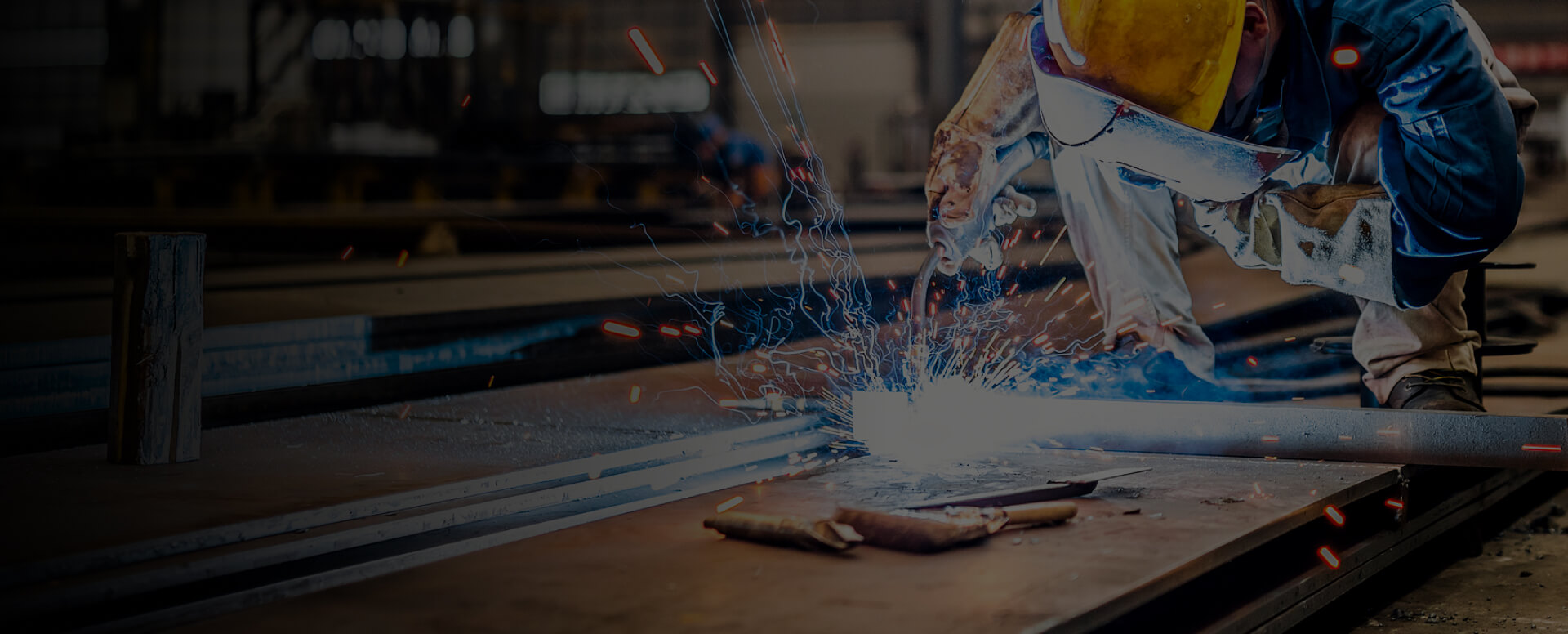
Precision and Consistency
Speed and Efficiency
Cost Implications
Skill and Training
Flexibility
Economic and Industry Impact
Manual processes suit small-batch production but incur rising labor costs and potential rework. Robotic systems benefit mass production (e.g., automotive manufacturing) through scalability and consistency. Labor market demand is shifting toward robotics programming and maintenance, while manual welders excel in niche sectors like artistic fabrication or repairs.
Future Trends
Hybrid Approaches: Combining manual flexibility with robotic efficiency for customized mass production. AI Integration: Smart systems that self-optimize parameters in real time. New Applications: Expansion into aerospace, underwater construction, and hazardous environments.
Environmental and Health Considerations
Manual: Exposure to UV radiation, fumes, and physical hazards necessitates protective gear and rigorous safety protocols. Robotic: Reduced direct exposure but requires safety measures for machine operation and maintenance.
Green techniques (alternative gases, energy-efficient parameters). Recycling of consumables (e.g., slag, spatter). Adoption of renewable energy (solar, wind) to reduce carbon footprint.
Related Articles

Do You Need a Mask for Plasma Cutting?
Yes, wearing proper respiratory protection is essential when operating a plasma cutter. A well-chosen mask protects operators from hazardous fumes, airborne particles, and indirect radiation exposure, making it a non-negotiable part of plasma cutting safety protocols.Primary Hazards of Plasma Cuttin

How Cost-effective Is The Hot Wire TIG System?
Tungsten Inert Gas (TIG) welding is celebrated for its ability to create exceptionally clean and high-integrity welds. A key factor limiting its wider application on thicker materials, however, is its relatively slow speed. Hot Wire TIG welding addresses this limitation head-on, representing an adva

What Are The Differences between Laser Cutting And Plasma Cutting?
Laser Cutting vs Plasma Cutting: Key Differences, Applications & Cost AnalysisLaser cutting and plasma cutting are two distinct industrial cutting processes that utilize different technologies. Laser cutting employs a focused light beam, while plasma cutting uses ionized gas to slice through materia

Metals Suitable for MIG Welding And Its Challenges
MIG welding, also known as Gas Metal Arc Welding (GMAW), is widely used across industrial and hobby applications due to its versatility and ability to join a variety of metals. However, some metals—including titanium alloys—pose challenges due to their reactive nature and other inherent properties.C

What Are The Key Challenges in Aluminum Alloy Welding?
Master the techniques to overcome difficulties in aluminum welding, including its refractory oxide film, hydrogen porosity, high thermal conductivity, and cracking tendencies, for achieving high-strength, quality welds.Introduction: Renowned for their exceptional strength-to-weight ratio and corrosi

Introduction To Plasma Cutting Torch
Components of a Plasma Cutter TorchA plasma cutting torch consists of several key parts, including the electrode, nozzle, swirl ring, shield, and electrical and gas supply components. Each plays a critical role in ensuring precise and efficient cutting.Core Components1. ElectrodeThe electrode serves

